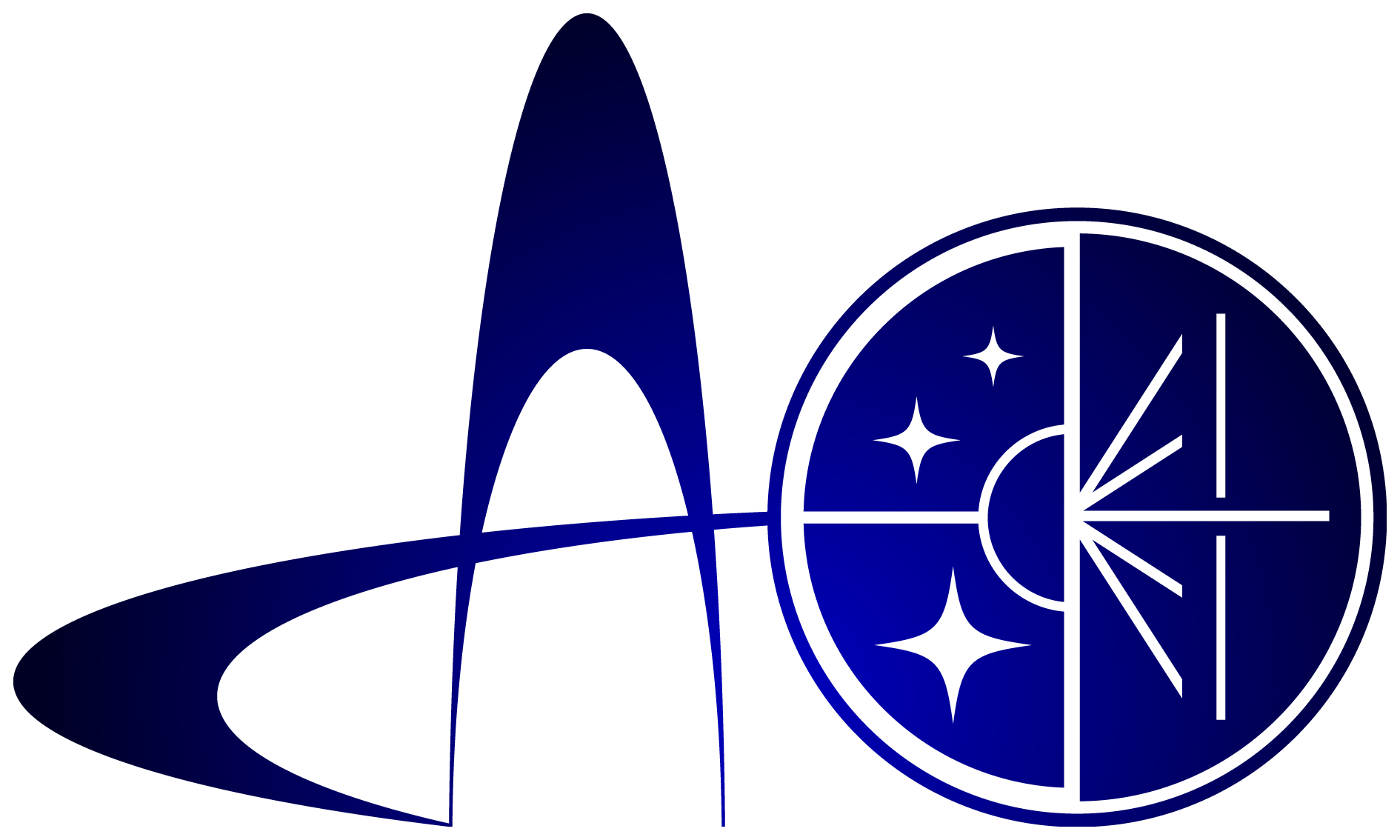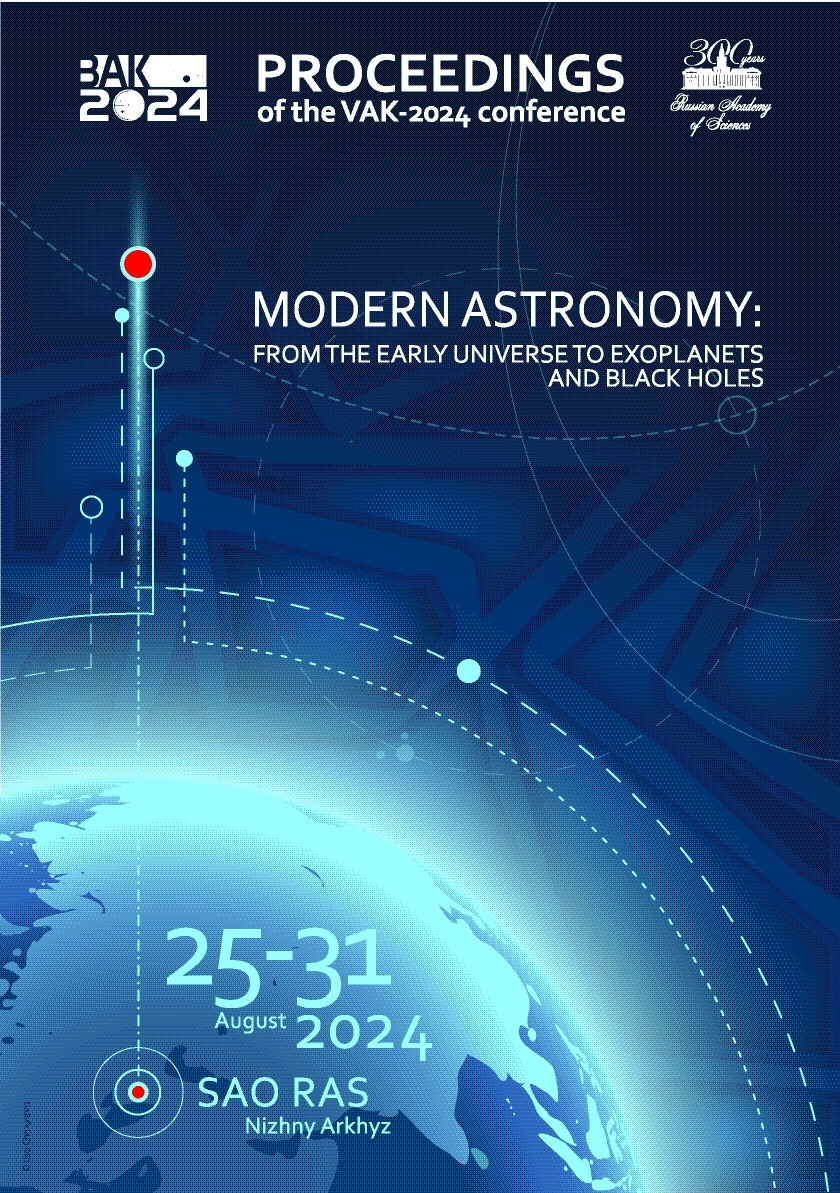УДК 53 Физика
УДК 520 Инструменты, приборы и методы астрономических наблюдений, измерений и анализа
УДК 521 Теоретическая астрономия. Небесная механика. Фундаментальная астрономия. Теория динамической и позиционной астрономии
УДК 523 Солнечная система
УДК 524 Звезды и звездные системы. Вселенная Солнце и Солнечная система
УДК 52-1 Метод изучения
УДК 52-6 Излучение и связанные с ним процессы
ГРНТИ 41.00 АСТРОНОМИЯ
ГРНТИ 29.35 Радиофизика. Физические основы электроники
ГРНТИ 29.31 Оптика
ГРНТИ 29.33 Лазерная физика
ГРНТИ 29.27 Физика плазмы
ГРНТИ 29.05 Физика элементарных частиц. Теория полей. Физика высоких энергий
ОКСО 03.06.01 Физика и астрономия
ОКСО 03.05.01 Астрономия
ОКСО 03.04.03 Радиофизика
ББК 2 ЕСТЕСТВЕННЫЕ НАУКИ
ББК 223 Физика
ТБК 614 Астрономия
ТБК 6135 Оптика
BISAC SCI004000 Astronomy
BISAC SCI005000 Physics / Astrophysics
Earth rotation parameters (ERP) are determined at the Institute of Applied Astronomy (IAA) by processing the following types of observations: Very Long Baseline Interferometry (VLBI), Global Navigation Satellite Systems (GNSS) and Satellite Laser Ranging (SLR). The IAA also carries out special sessions of VLBI observations on radio telescopes of the Quasar network for ERP determination in various modes. The accuracy of the obtained series is estimated by comparison with the combined results of the International Earth Rotation and Reference Systems Service (IERS) usually accepted as reference. The accuracy of various ERP series has been analyzed also using a method based on the assumption that there can be no abrupt changes in ERP and after removing the intra-day variations the series should be sufficiently smooth. In this method the evaluation is performed without calculating the differences of two independent series and is related only to the internal properties of the series. The article presents an overview of the results of the analysis and concludes that the proposed technique can be used to estimate the accuracy of the ERP series.
Earth: rotation; methods: observational, statistical
1. Gayazov I.S., Gubanov V.S., Kurdubov S.L., et al., 2016, Transactions of IAA RAS, 39, p. 23
2. Ivanov D., Ipatov I., Marshalov D., et al., 2022, IVS 2022 General Meeting Proceedings, ed. Armstrong K.L., Behrend D., Baver K.D., NASA/CP-20220018789, p. 37
3. Kurdubov S.L. and Skurikhina E.A., 2021, Transactions of IAA RAS., 57, p. 23





